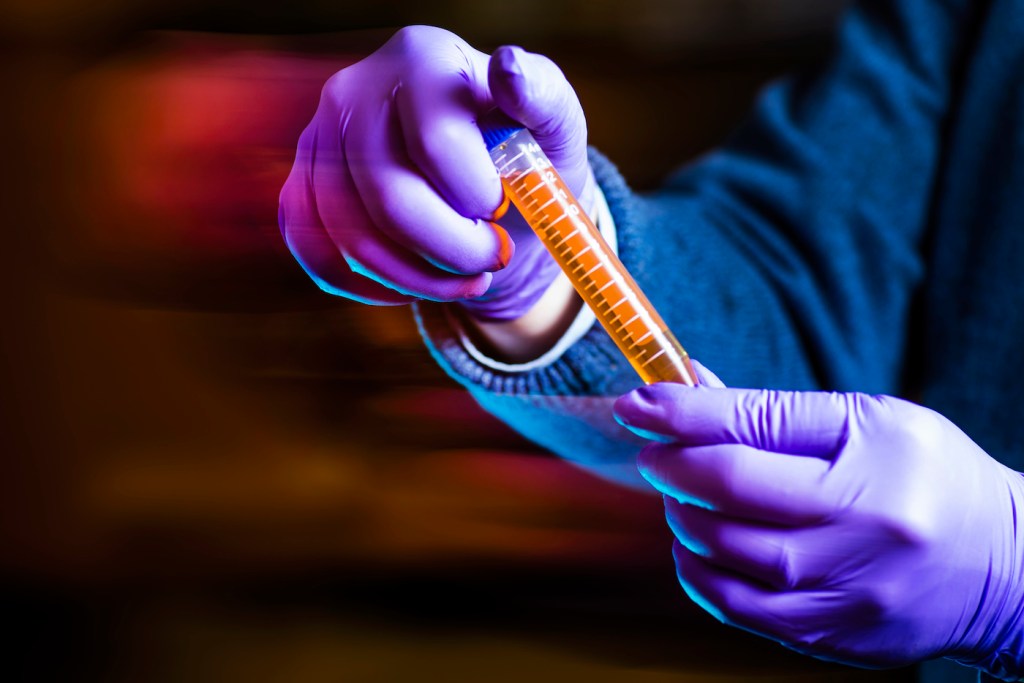Reading genes and regenerating body parts: Science trends in 2018

This story is part of our multi-part series looking at some of the big stories and bright ideas primed to make headlines in 2018.
This holiday season, the company AncestryDNA sold more than 1 million test kits to consumers curious about their genes. A similar kit from 23andMe was one of Amazon’s top five best-selling items on Black Friday. These personal genomic tests have been available for more than a decade, but interpreting the results they provide takes specialized knowledge, according to Donald O’Malley, associate professor of biology.
Unless a consumer happened to study bioinformatics, they probably won’t understand the significance of specific gene sequences, O’Malley said.
“What if you see a whole bunch of scary monsters that aren’t there? I think one of the things to look for in 2018 is communicating the genomic science to consumers of that information,” O’Malley said. He also predicts that specialized genetic counseling will become increasingly important as personal genomic information is used to dictate medical treatment. For example, a certain subset of breast cancer patients may benefit tremendously from one drug, which may be useless to someone with a different strain of the disease, he said.
“All this genetic information has become so accessible, and consumers are trying to understand their genetic heritage for health and other reasons,” O’Malley said. “I think companies will be satisfying our demands with commercial developments in this space.”
Another rapidly advancing field to watch is synthetics neuroscience, O’Malley said. Last year, a paralyzed person was able to control a prosthetic limb for the first time using an implant in the motor cortex of his brain. O’Malley envisions more progress on this front in 2018.
“The first real neural prosthesis was the cochlear implant. They’ve been around for decades,” he said, referring to an electronic medical device that can provide a sense of sound to people who are deaf. “Now they’re trying to create something you could put in the eye that would interface with the optic nerve and replace a missing retina.” This would benefit people suffering from macular degeneration, which affects about 11 million people in the United States.
Synthetic neuroscience may also be the path forward for a completely new type of prosthetic: natural limb regeneration. O’Malley said that’s still far off, but researchers are making strides—including James Monaghan, assistant professor of biology, who studies tissue regeneration in the axolotl salamander.
“If I lost an arm, we can build me a prosthesis, which is a pretty poor imitation.” O’Malley said. “How great would it be for me to regenerate?”




